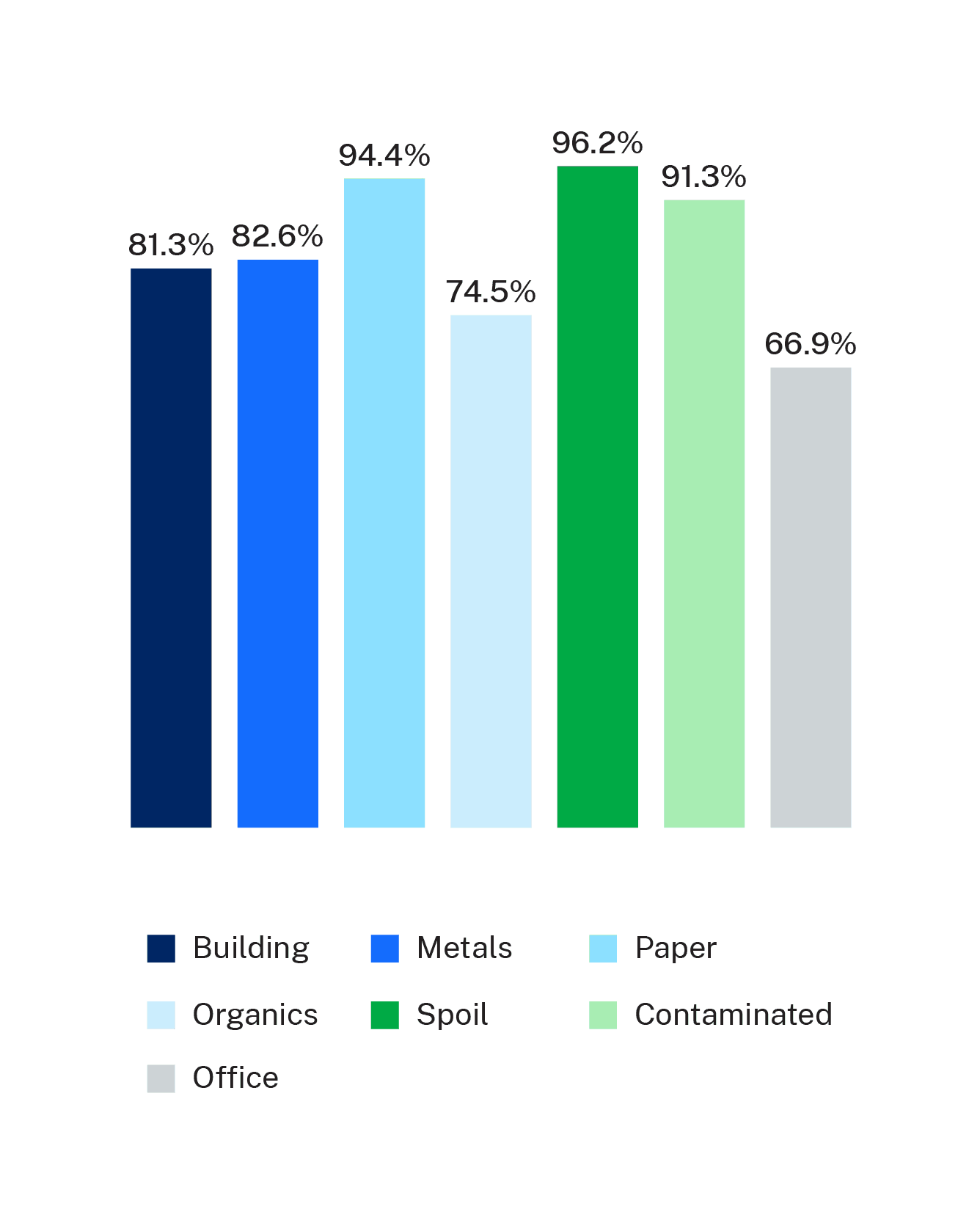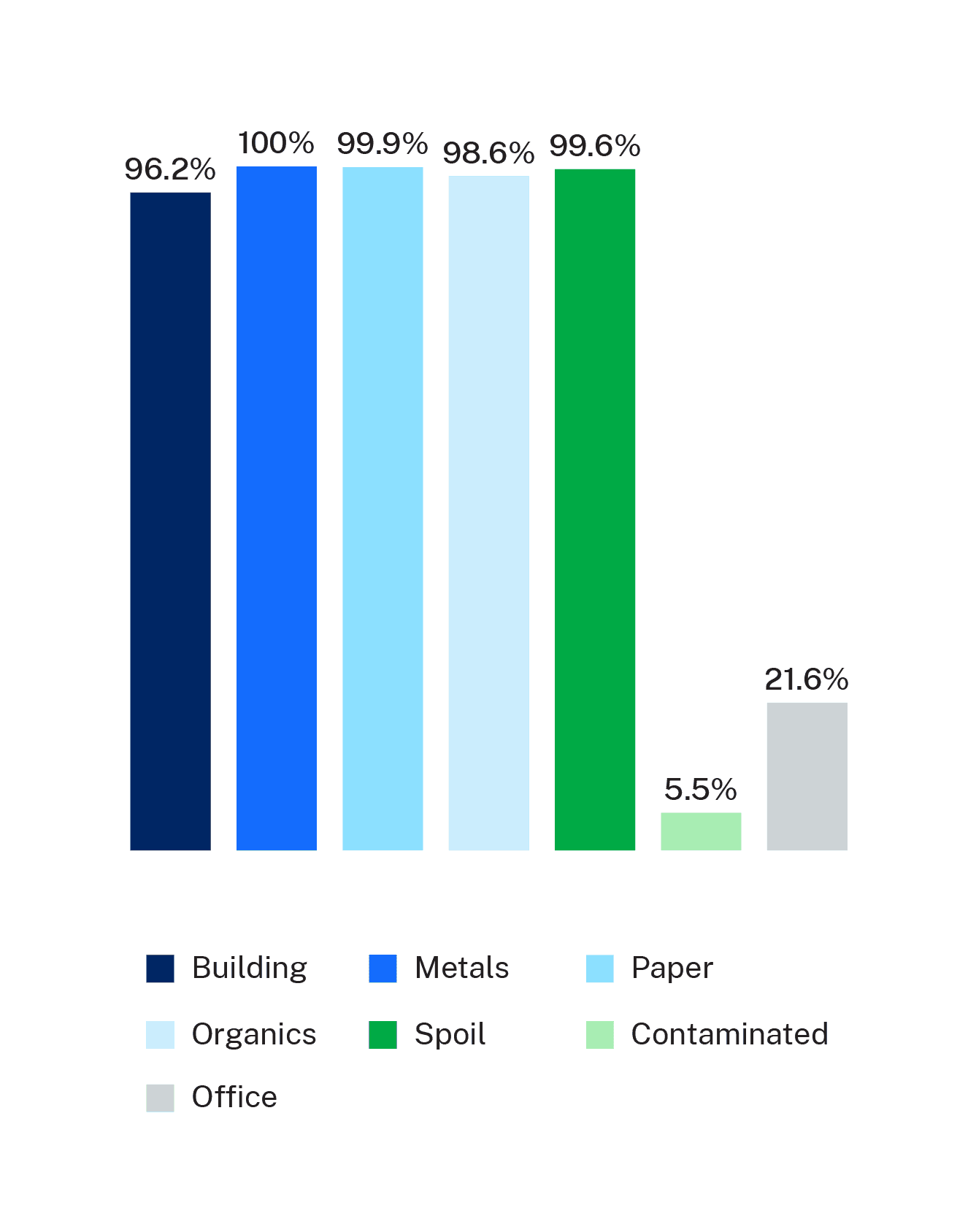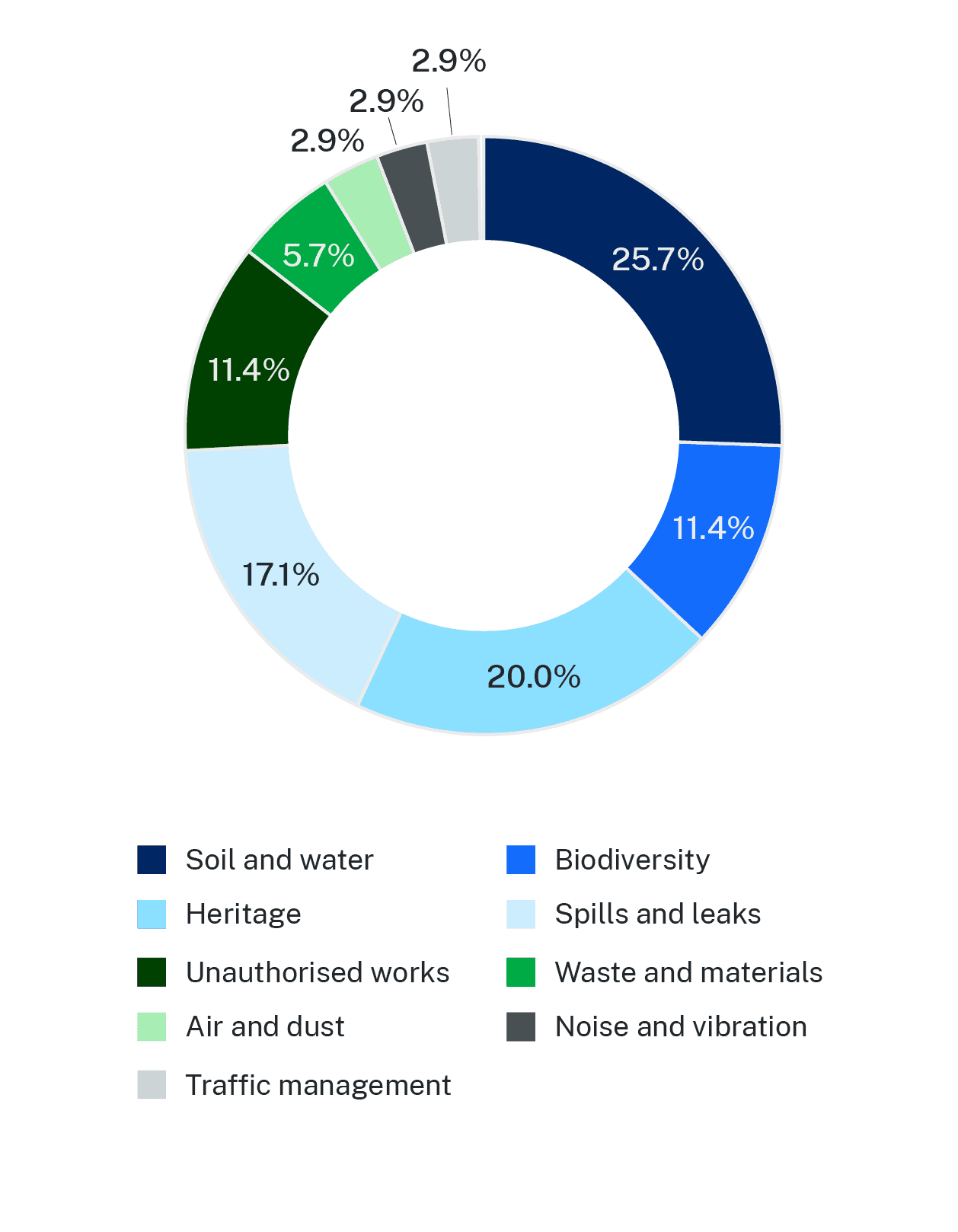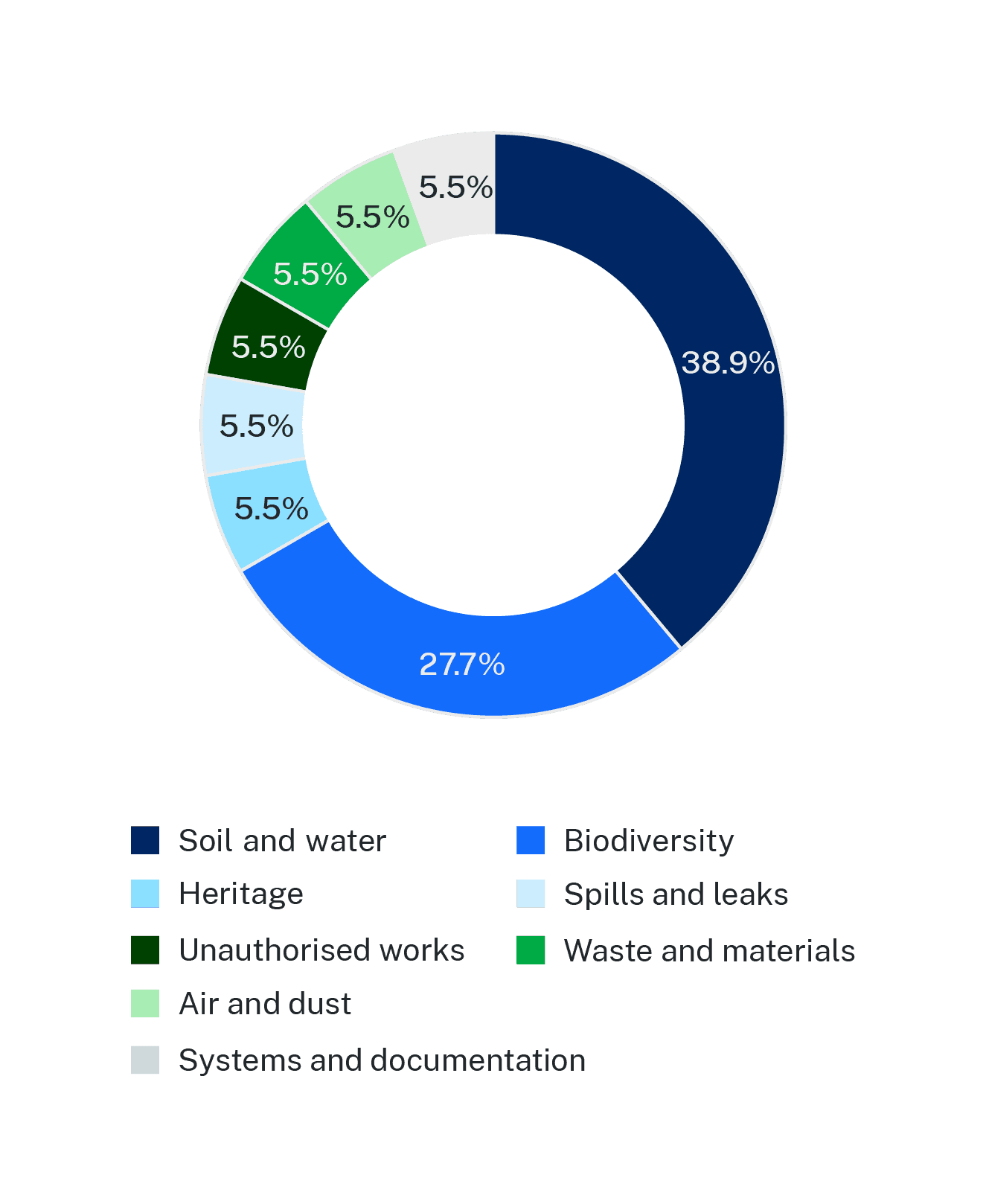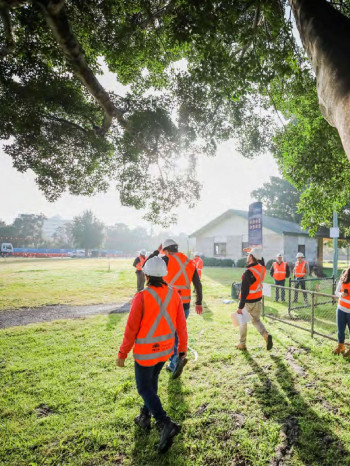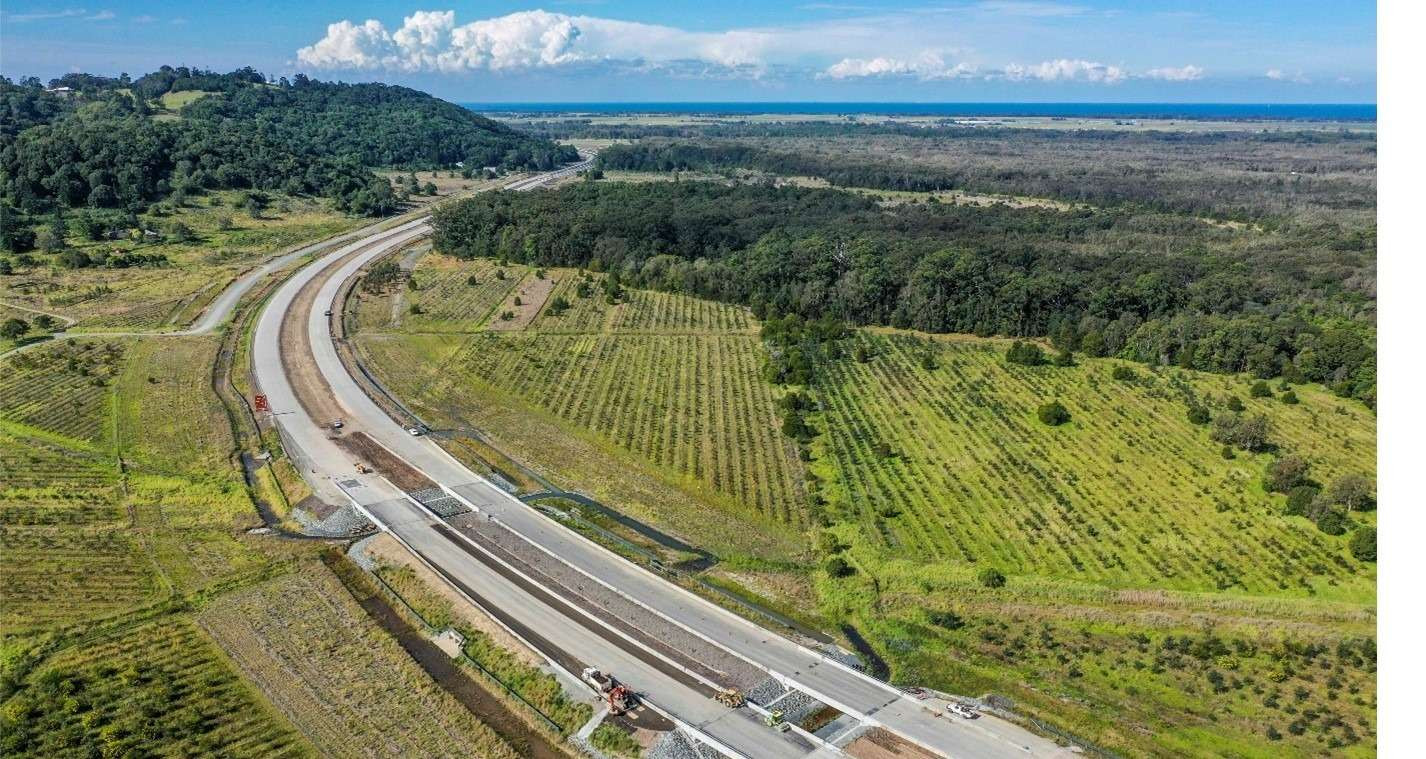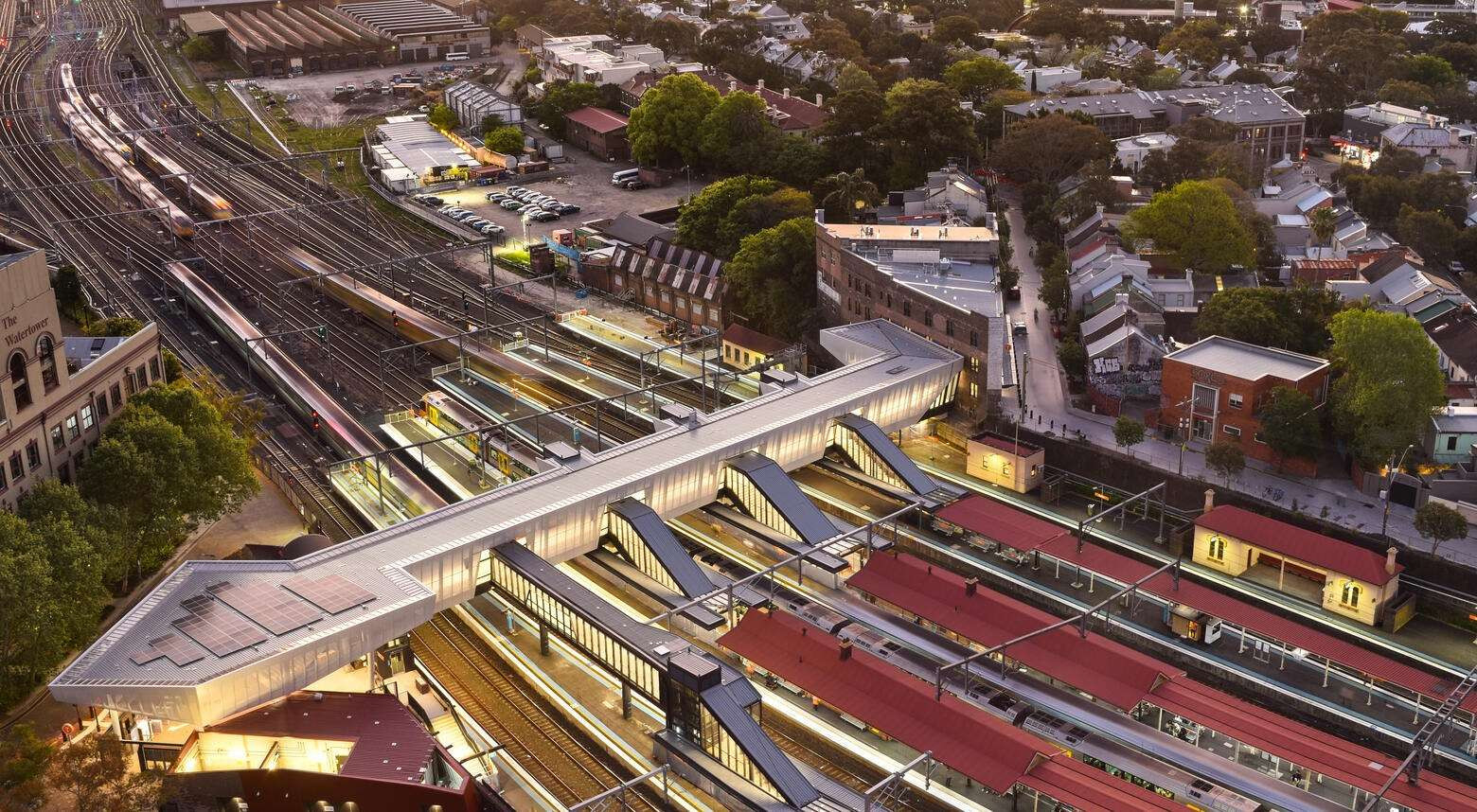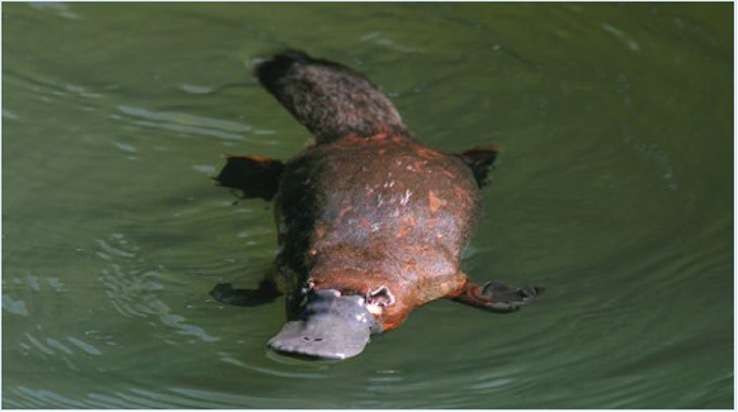

Focus area 3
Improve environmental outcomes
We are committed to reducing the environmental impacts of projects and operations, including minimising pollution from our networks, projects and operations.
Our goals
Support the transition to a circular economy for Transport by designing waste and pollution out and keeping products and materials in use
Reduce environmental impacts of projects and operations
Why it's important
Using sustainable materials lowers the carbon footprint of our activities and fosters markets for recyclable materials. This reduces our reliance on precious drinking water reserves and safeguards waterways from pollution to ensure the ongoing health of flora, fauna and communities.
Balancing all environmental factors ensures we are holistically considering our projects and the communities they impact. This delivers the most beneficial outcomes and protects the wellbeing of the surrounding environments and communities.
Support the transition to a circular economy for Transport by designing waste and pollution out and keeping products and materials in use
As one of Australia’s largest procurers of materials and services to deliver projects, we have the ability and responsibility to leverage our position to shape a sustainable market. Through our buying power we can drive innovation and support the transition to a circular economy.
Our Sustainable Infrastructure Program provides a consistent approach to meeting our circular economy commitments and advancing decarbonisation throughout project delivery.
Building and fixing roads requires us to manage millions of tonnes of excavated spoil, road building materials and waste.
Throughout the 2022-23 financial year, we successfully diverted over 95 per cent of this waste away from landfill, sustaining the high recycling rate achieved in the prior year and exceeding the NSW Government’s targeted of 80 per cent.
We continue to work with our delivery partners to remove barriers to innovation by amending our technical specifications, enabling new and emerging practices to be trialled across our projects. Collaborations have included increasing recycled content in asphalt and modifying concrete mix specifications for pedestrian walkways.
Reduce environmental impacts of projects and operations
We are committed to minimising the impacts of building, operating and maintaining infrastructure on the surrounding land, water and air.
We conduct environmental checks and audits during infrastructure, construction, maintenance and operations to ensure environmental standards are met. Of the 2,060 inspections conducted during the 2022-23 reporting period, 81 per cent were green light inspections. This means that their environmental risks were being effectively managed.
We also monitor and respond to environmental incidents, classifying them on a scale from C1 to C6 with C6 being the lowest consequence classification. In the 2022-23 reporting period, there was an overall decrease in incidents classified as moderate (C4) and above across Transport. With over 100 additional active projects compared with last year, this decrease represents a performance improvement as an average across our active sites.

